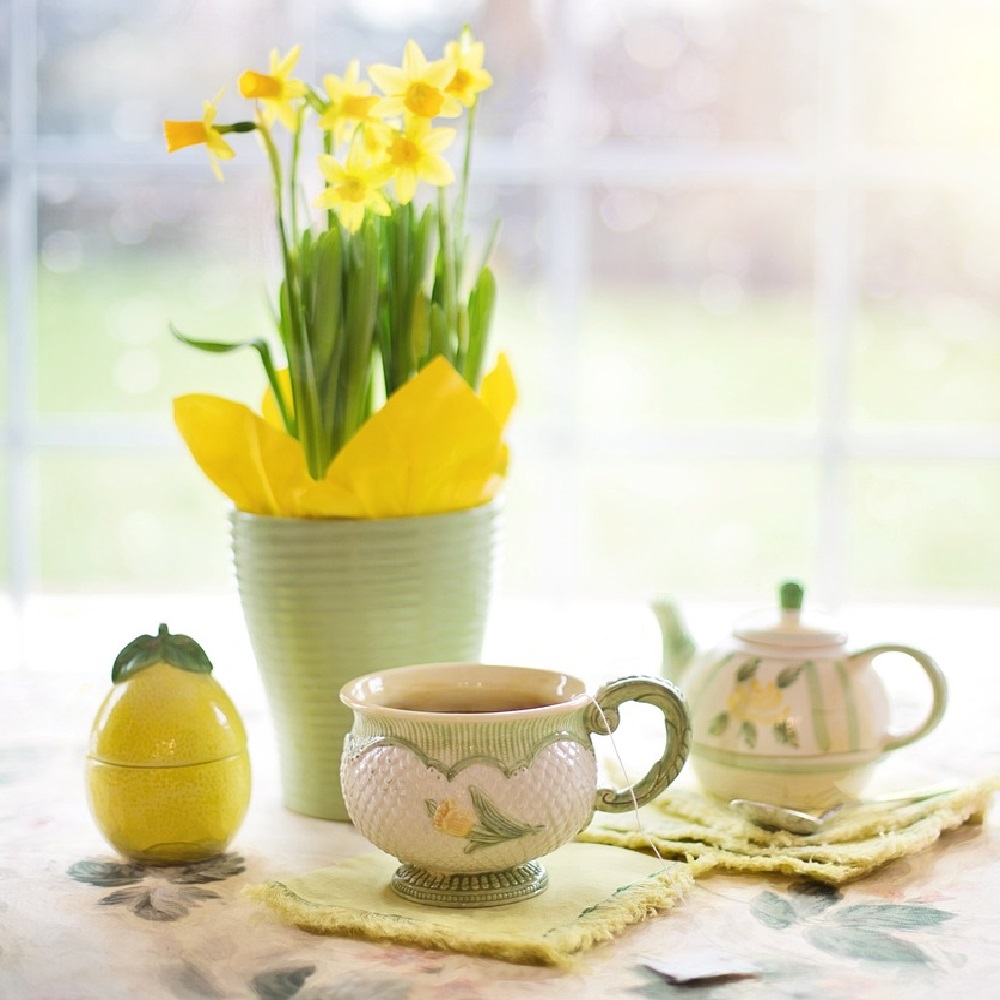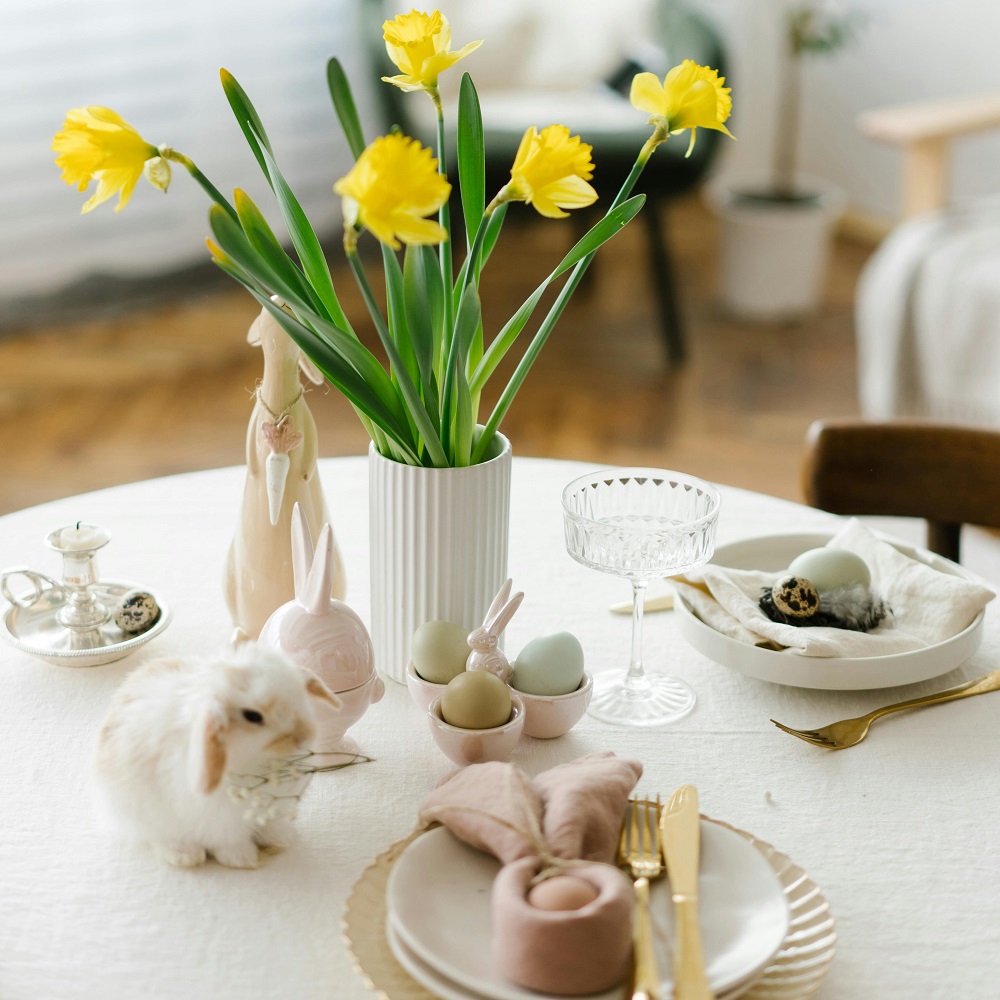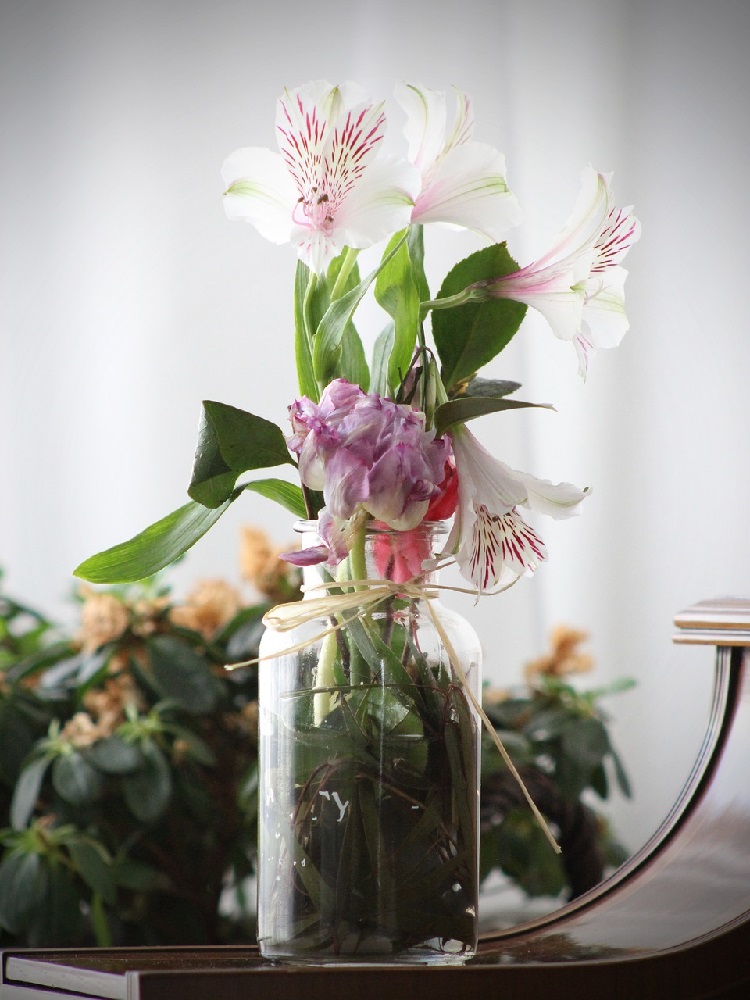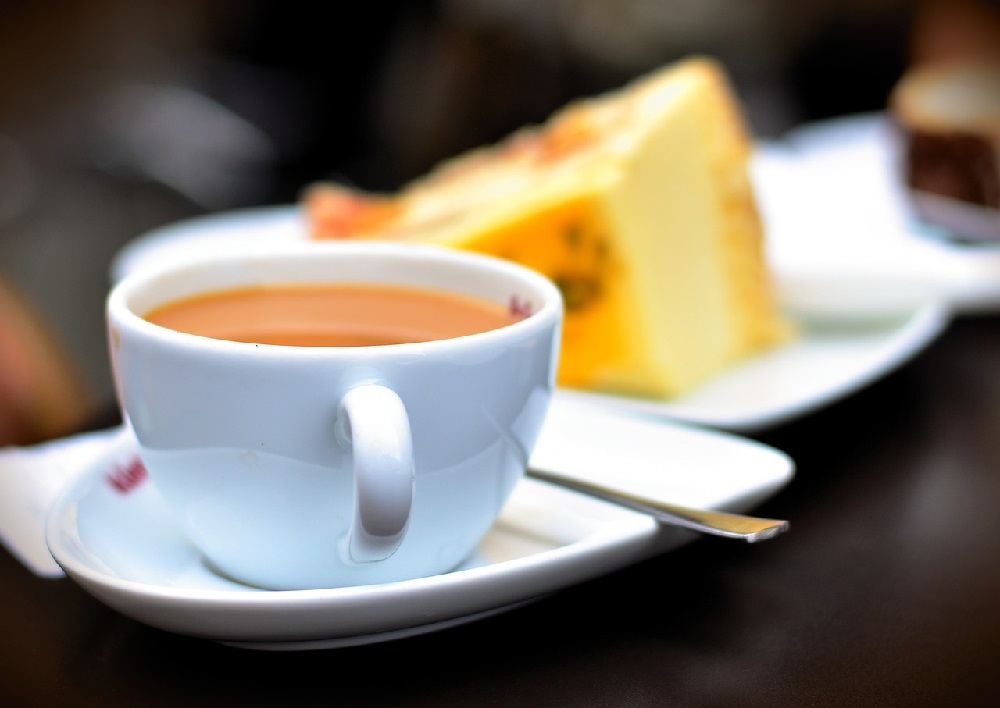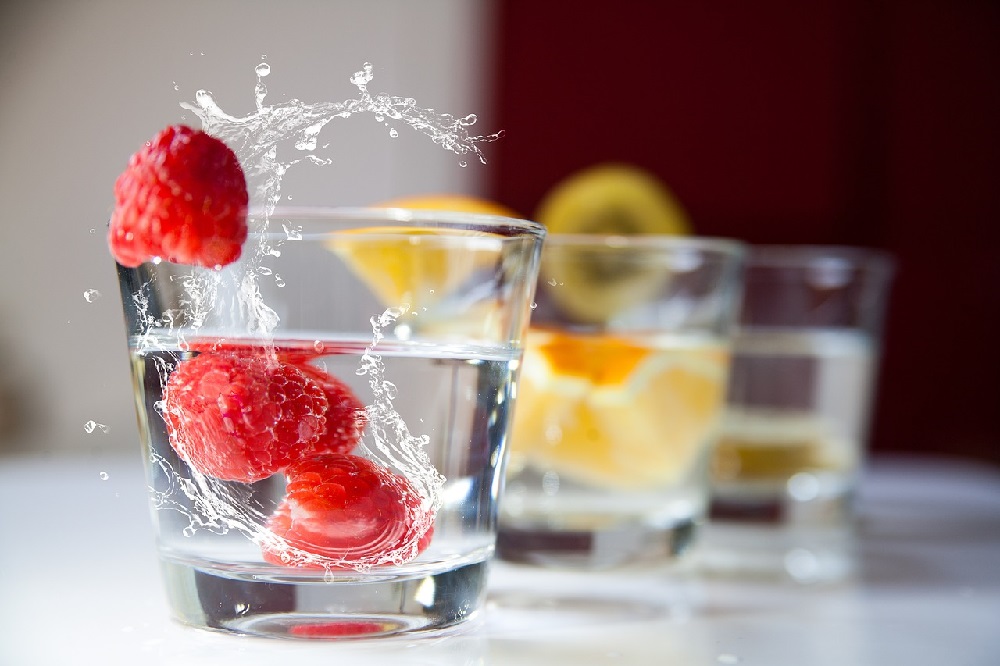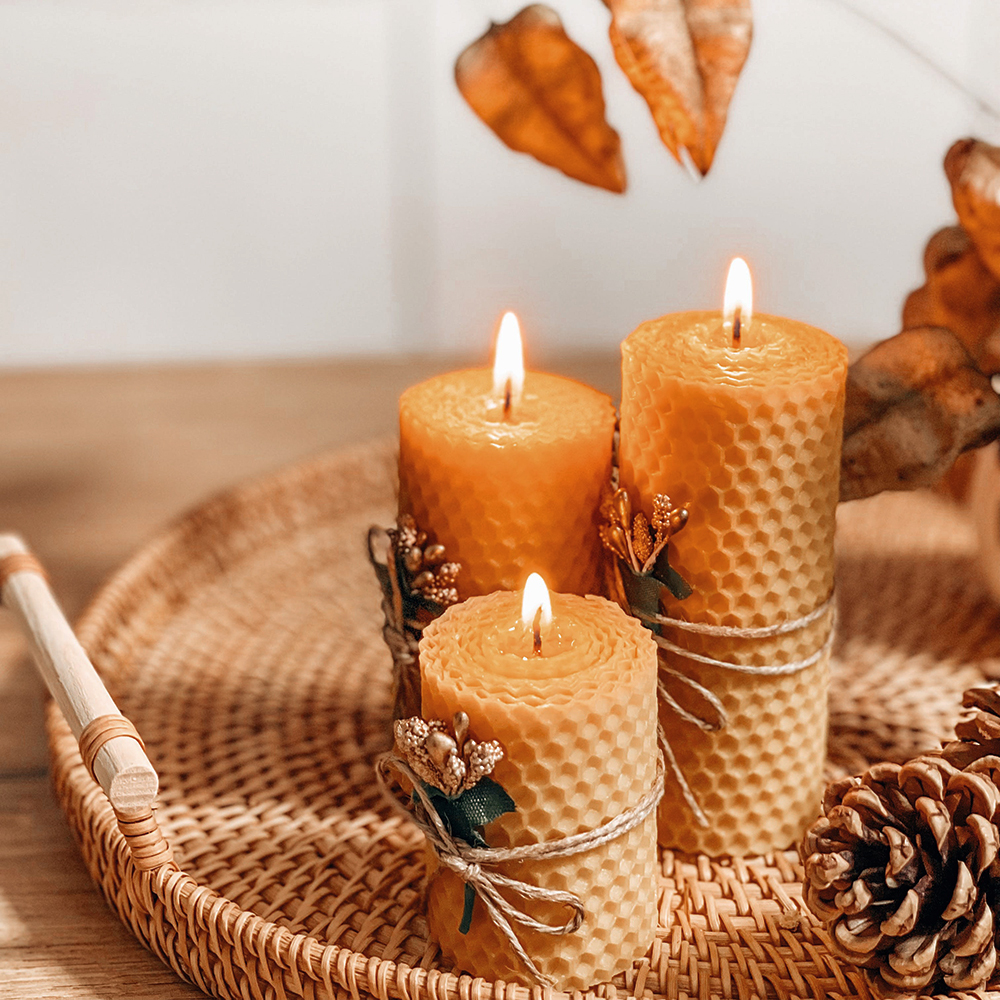Bowls
Out of stock
Which bowls for the kitchen?
Bowls are among the oldest kitchen utensils. The first traces of their use are recorded as far back as ancient times, mainly in what is now Greece, including Crete, but also in China. Over the centuries, the purpose of this utensil has not changed - it occupies an important place in every kitchen and is useful both when preparing and serving food. Certainly when cooking, among other things, they will prove their worth:
- Soup bowls, which are handy and deep. They are most often made of ceramic, porcelain or glass.
- Salad bowls made of glass, ceramic, plastic or even bamboo wood.
- Mixing bowls, which are usually deep and have a straight bottom to make it easy to mix ingredients in them. Items made of stainless steel or plastic will work best.
- Whisking bowls will certainly work well when making baked goods. They are usually sufficiently large and have a convex bottom so that it is easy to whip egg whites or cream in them.
- Storage bowls that have matching lids attached. These have an airtight seal to protect food from spoiling.
- Snack bowls with a unique design in which you can serve crackers, crisps or sweet snacks.
How do I choose a good kitchen bowl?
When choosing a kitchen bowl, it is important to bear in mind that they should be both handy, durable and striking, so pay attention to the following points when buying:
- Choose a product made of durable raw materials. Ceramic and glass articles are ideal for serving dishes, for example salads, but also soups, as they retain heat. Plastic bowls are best for mixing ingredients, but also stainless steel bowls with thin walls. It is also worth mentioning products made of ecological materials such as bamboo. These work well as fruit bowls.
- Pay attention to design - many bowls, especially glass and ceramic ones, occupy an important place on the table, so they should match otherelements of tableware or stand out against its background, which will draw the guests' attention to the dish prepared by us .
- The best products are easy to clean, for example in the dishwasher. Pay attention to whether they are labelled with water droplets. This will ensure that they will not be damaged by mechanical cleaning.
How many ml can a bowl hold?
The capacity of bowls varies depending on what they are to be used for, but they are generally between 200 and 1,000 millilitres:
- Soup bowls range from 300-500 to 700millilitres- they hold a portion of a dish, such as a broth or custard. It isalsonot uncommon for them to have special, small tabs to make it easier to tip the bowl and finishthe end of the dish. Such dishes can also be used as ramen bowls.
- Salad bowls have widely varying capacities. When serving a dish for one person, it is a good idea to choose a dish with a capacity of 200 to 300 millilitres. If you intend to serve a larger portion of a dish to scoop yourself, 1 litre or even larger dishes will work best.
- Vessels used for storing food or preparing baked goods, including whipping white foam or cream, have capacities in excess of 1,000 millilitres. This means that you can mix comfortably with a mixer in them without worrying about spilling ingredients all over the kitchen.
Also check out the other products in our range:
- Cups

 Polski
Polski
 Deutsch
Deutsch
 Čeština
Čeština
 Dutch
Dutch
 Lietuva
Lietuva
 Latvija
Latvija













